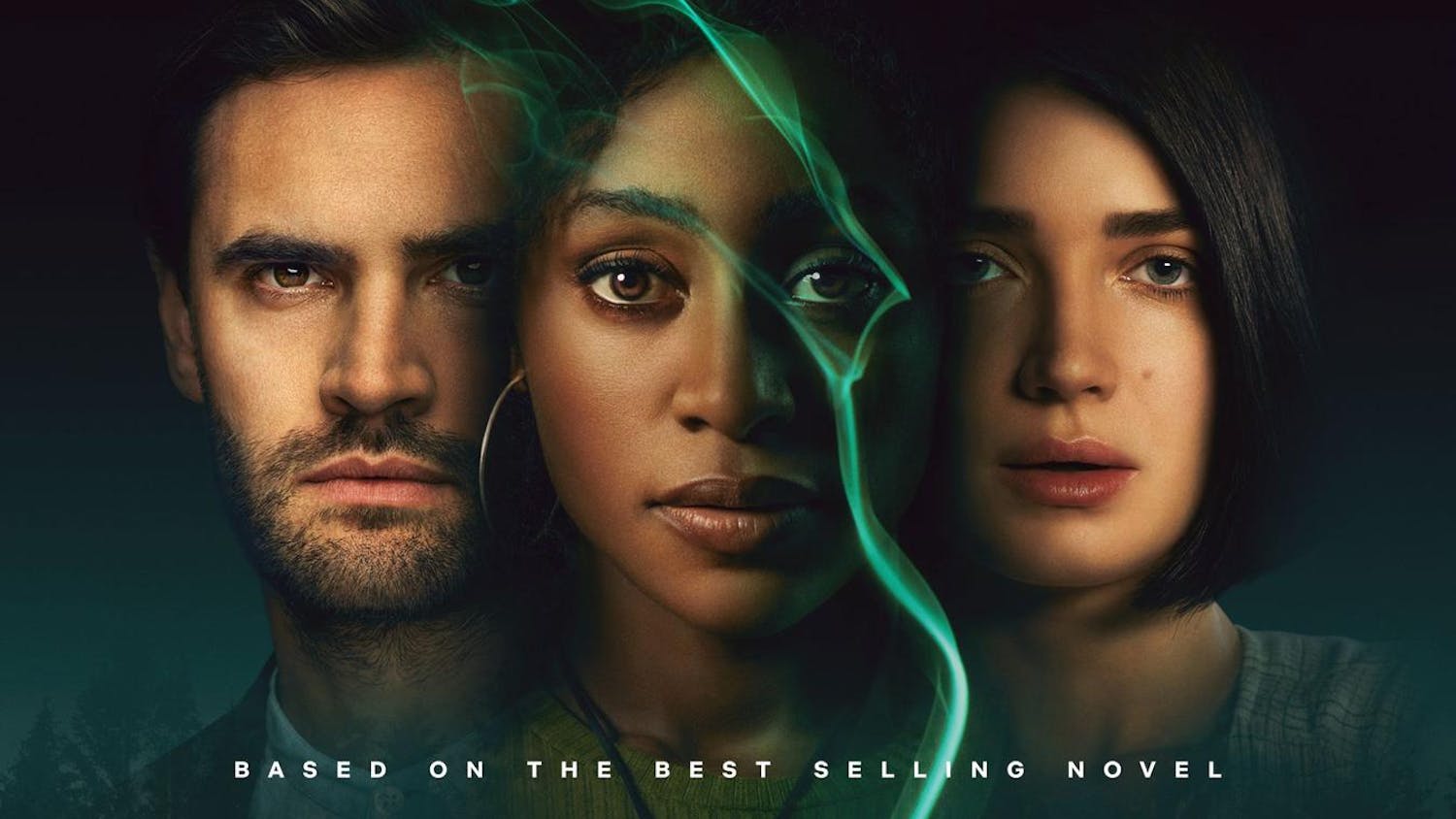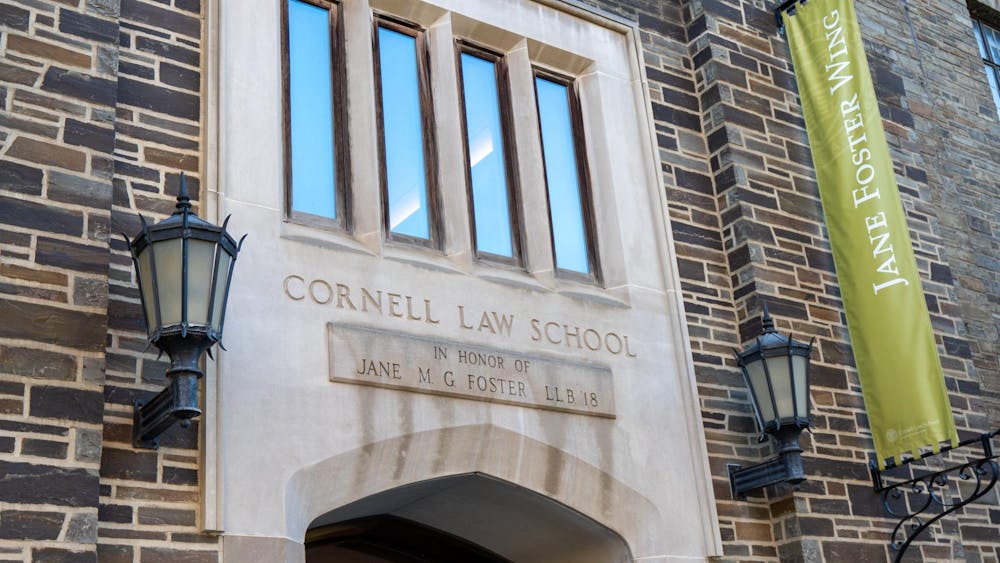The Menendez Brothers case has resurfaced in the public eye, thanks in large part to the gripping second season of Monsters: The Lyle and Erik Menendez Story. This American biographical crime drama does not just recount their lives — it pulls viewers in with a masterful blend of spoken and unspoken elements that deepen the narrative. As with any compelling storytelling, music plays a pivotal role, driving the emotional intensity and pushing the story forward where words fall short.
The soundtrack for the show features a range of artists, but the name that appears most often is an R&B duo by the name of Milli Vanilli, composed of Fab Morvan and Rob Pilatus. This duo reached the height of their fame in the late ’80s and early ’90s with their debut hit “Girl You Know It’s True” on the Billboard Hot 100 for 26 weeks, peaking at No. 2, in April 1989. They were founded by their producer Frank Farian, who needed faces for a version of an already existing song he reproduced. Farian offered the two dancers $4,000 to be just that. As their first single gained traction and a new record deal was signed, the actual singers Linda and Jodie Rocco would begin to record the music while Milli Vanilli would later lip-sync to the backtrack during live performances.
A performance on Club MTV on July 21, 1989, where the backtrack started skipping, marked the beginning of the end for Milli Vanilli. Rob Pilatus even ran off stage, only returning after the MTV Veejay Downtown Julie Brown convinced him to finish the performance. While some ignored the show, others began taking note, and massive criticisms of the duo started to hit a peak so high the duo demanded Frank Farian to sing on the next album. Frank Farian refused, fired them and outed them to the media. The backlash was immediate: their Grammy was revoked, their music was burned, a lawsuit made individuals eligible for a refund and their careers were effectively terminated.
With a host of their songs being used in the show to add depth to the narrative, confirm details in earlier dialogue, and even foreshadow future events, Milli Vanilli's music found even more fame through the social media platform TikTok. Their songs are the only ones from the show with a sense of virality, with videos using their sound reaching posts of 132,000, seven million likes, and 55 million views.
This story represents one of the first mainstream cases of fraud in popular culture, but decades later, its legacy continues through social media, especially TikTok. Platforms like TikTok prioritize entertainment over attribution, placing the content itself in the front seat while reducing the importance of the creator. This makes it difficult for artists, especially smaller ones, to receive proper credit. In today’s rapidly evolving digital landscape, protecting intellectual property must become a priority. We failed Linda and Jodie Rocco in the ’80s, and by continuing to garner a false record more streams, we are failing them again in this digital age.
This is the nature of modern media consumption. Short, fast-paced content is designed to keep users engaged and encourage continuous consumption, often without regard for the source or history of the material. Songs frequently go viral on TikTok, and the platform's interface does not always credit the original creator of the content. Legal issues also arise, as some music is used without proper licensing. TikTok relies on complex record deals to function, but the payment structure tends to favor the platform over the artist, especially smaller ones. Even when music is used legally, artists often receive minimal royalties, if any, as copyright laws struggle to keep pace with platforms like TikTok, leaving many artists undercompensated. We need to do better by our artists.
All of these things have been accepted as commonplace, eroding the importance of giving creators their due recognition. This makes it more difficult for artists to assert their intellectual property rights or demand fair compensation. We are then left with the status quo: an infamous duo, famous for riding on the backs of two powerhouse singer sisters, gaining a new sense of notoriety while the sisters sit and watch as their fame and their monetary compensation are once again given to another.
Daniel Addoquaye is a freshman in the Brooks School of Public Policy. He can be reached at da533@cornell.edu.











